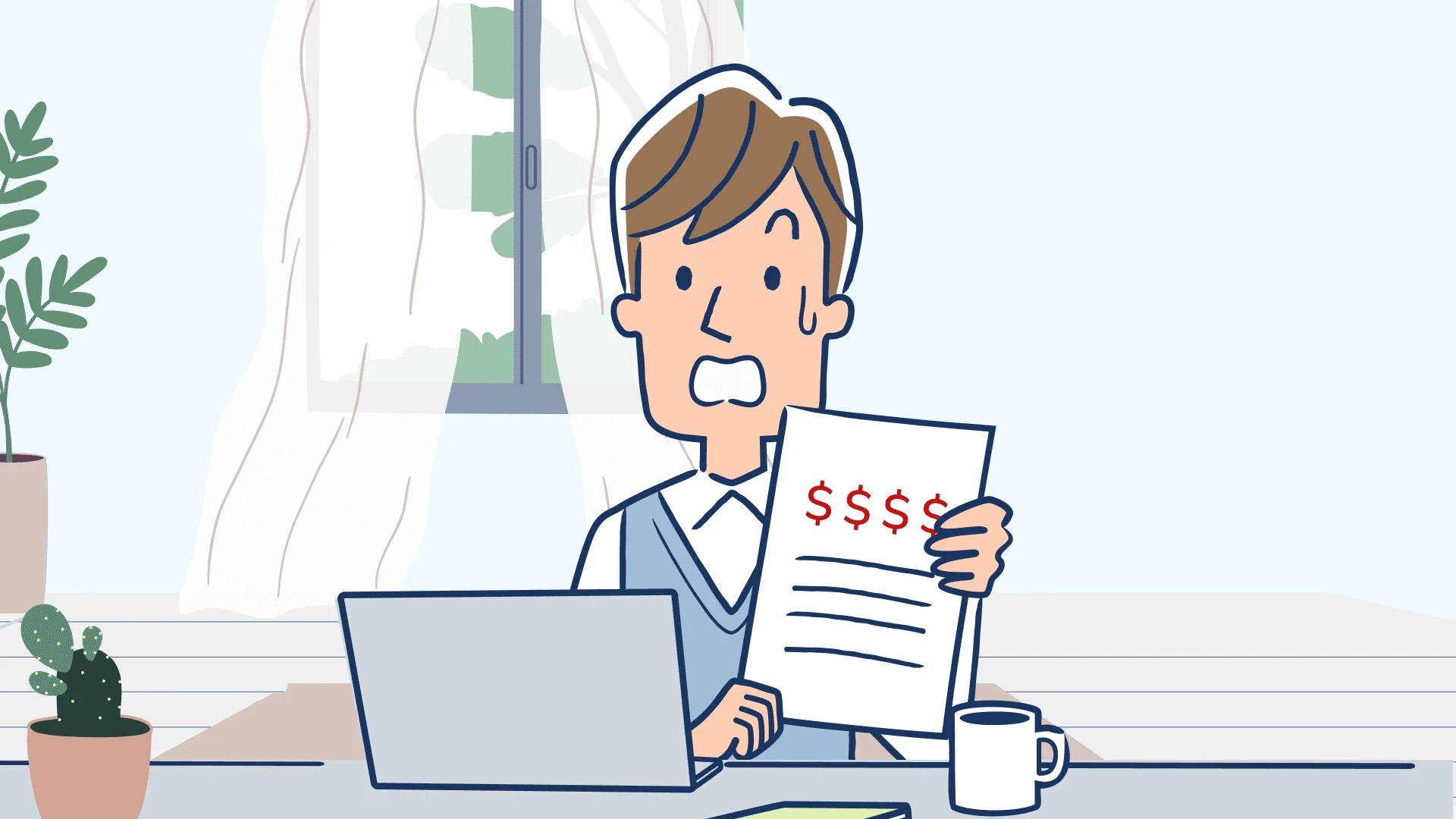Did you know Buy Now Pay Later is a growing concern for Aussies getting into debt?
Recent research by Compare Club into Australia's attitudes and use of Buy Now Pay Later services (BNPL) has revealed new trends:
many Aussies use the service as often as daily or weekly, and
Aussies are relying on BNPL to pay for essentials like groceries, fuel, and dental services.
What exactly is Buy Now Pay Later?
With more than a dozen active BNPL providers in Australia including Afterpay and Klarna, these services allow consumers to pay off purchases, usually in four instalments. Users of BNPL receive their item upfront after the intitial payment. If they pay the rest back in time according to the schedule, no fees are incurred.
Be aware: a late fee is charged for each late payment.
What did our survey reveal on Buy Now Pay Later?
Our survey, conducted in June 2024, revealed Australians as regular and enthusiastic users of BNPL. More than 60% of Aussies reported that they use BNPL regularly and view it as part of their financial toolkit and a way to manage their finances from paycheck to paycheck. Let’s take a closer look.

How frequently are Compare Club survey respondents using BNPL?
Our findings show that the majority of respondents use Buy Now Pay Later once a month, however a significant amount use the service weekly and some respondents say they are using it daily.
This suggests that many users are in a cycle of debt where they are still paying off last month’s purchases while taking out new debt well before the last has been paid off.

What items are being purchased with BNPL?
We found that many respondents are now using BNPL services to pay for food, groceries, fuel and essential services such as dental care.

While it isn’t possible to pay for everyday essentials such as groceries and food at the point of sale or directly online there is away around it. Consumers are able to purchase gift cards directly from BNPL providers for grocery stores or petrol stations which can then be used in store or online. Similarly this is the case for food delivery services, while some dental providers and veterinarians offer BNPL for patients.
Late fees and debt
Our study shows that 20% of survey respondents admitted to accruing late fees as they were unable to pay back their BNPL debt.
And nearly a quarter of users reported having BNPL debt that ranged from between $1,000 to $5,000 across multiple platforms and at any given time.

Multiple debt with multiple platforms
A significant number of survey respondents use a range of BNPL platforms – often at the same time.

Buy Now Pay Later users by age range
It could be easy to assume that BNPL is popular with younger people who are tempted by impulse purchases, but the survey data shows that the heaviest users are Australians who are middle-ageds.
It suggests that these are people who are stretched the most financially and may be struggling with high interest rates or rent, childcare or school fees, as well as the general cost of living.

Buy Now Pay Later users state by state
Queenslanders are the most enthusiastic users of BNPL services.
West Australians use BNPL the least.
BNPL use in all states ranged from 50-69%.

Is BNPL a replacement for credit cards?
While some survey respondents reported that they prefer BNPL services to using credit cards, many respondents reported that they use both.
Be aware: Consumers who use credit cards to purchase BNPL gift cards could be at risk of paying interest if credit card bills are not paid on time.

What about the changes to Buy Now Pay Later rules?
Research conducted by the Australian Financial Counsellors Australia has found that the majority of calls from people in distress had some form of BNPL debt amongst other challenges.
This further supports Compare Club findings that Aussies are accruing BNPL debt.
In draft legislation announced earlier this year, the government announced that BNPL service providers would be required to take steps to make sure they are lending responsibly.
What this new legislation means is that BNPL may require providers to perform credit checks on users if they intend to put a certain number of purchases on their BNPL accounts.
BNPL providers will also have to conform to credit law in Australia, making it mandatory for providers to offer financial hardship assistance programs to anyone experiencing difficulties servicing the debt.
While the draft legislation has been welcomed by consumer and financial groups some have suggested that proposed laws don’t go far enough.
Bottom line
The cost of living crisis is pushing Australians to find other ways to purchase their essentials. With Buy Now Pay Later offering installment-style payment options, many Aussies are turning to this service but it’s creating additional financial stress and debt for some.
If you’re feeling the pinch, please contact the National Debt Helpline for support.
